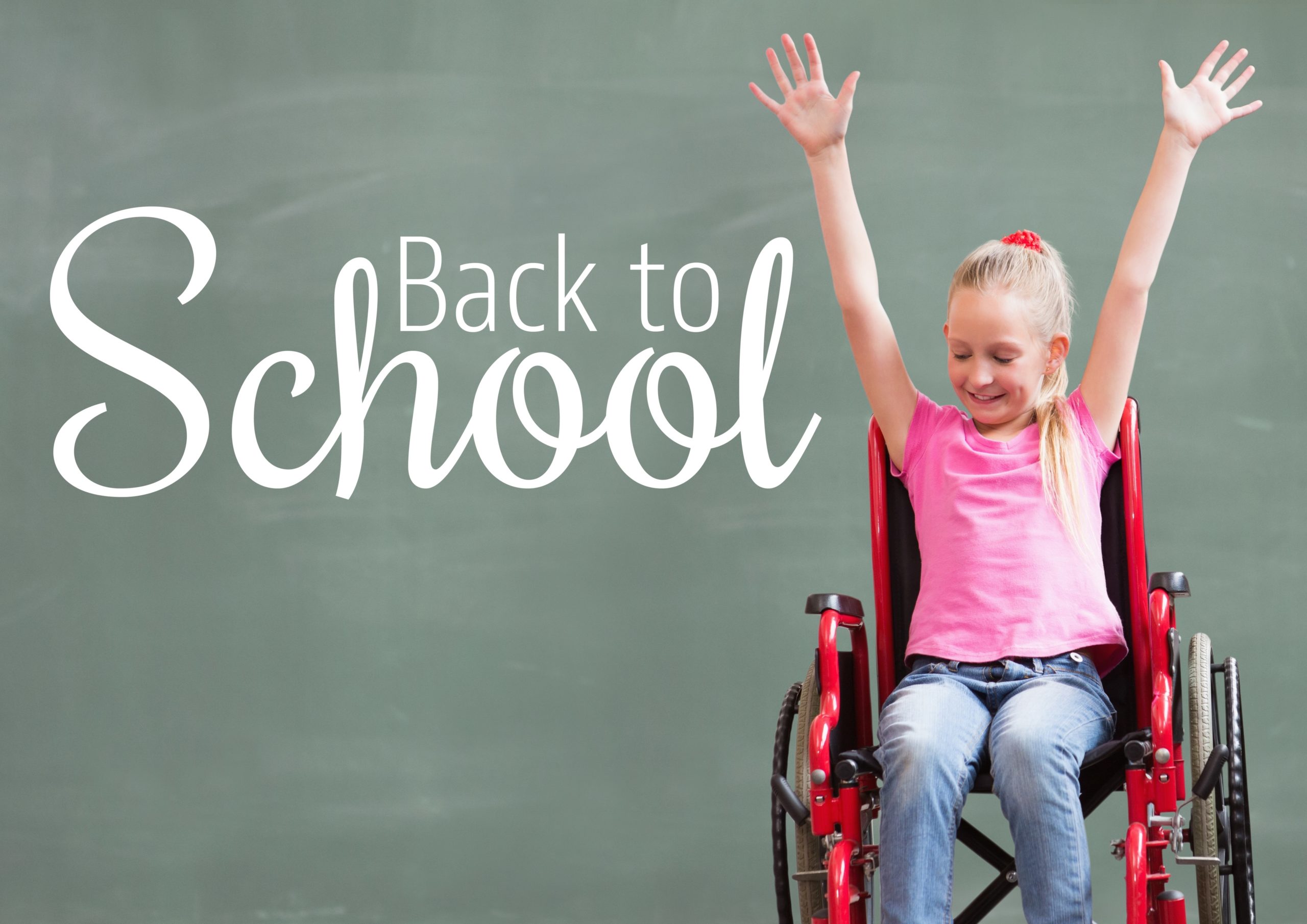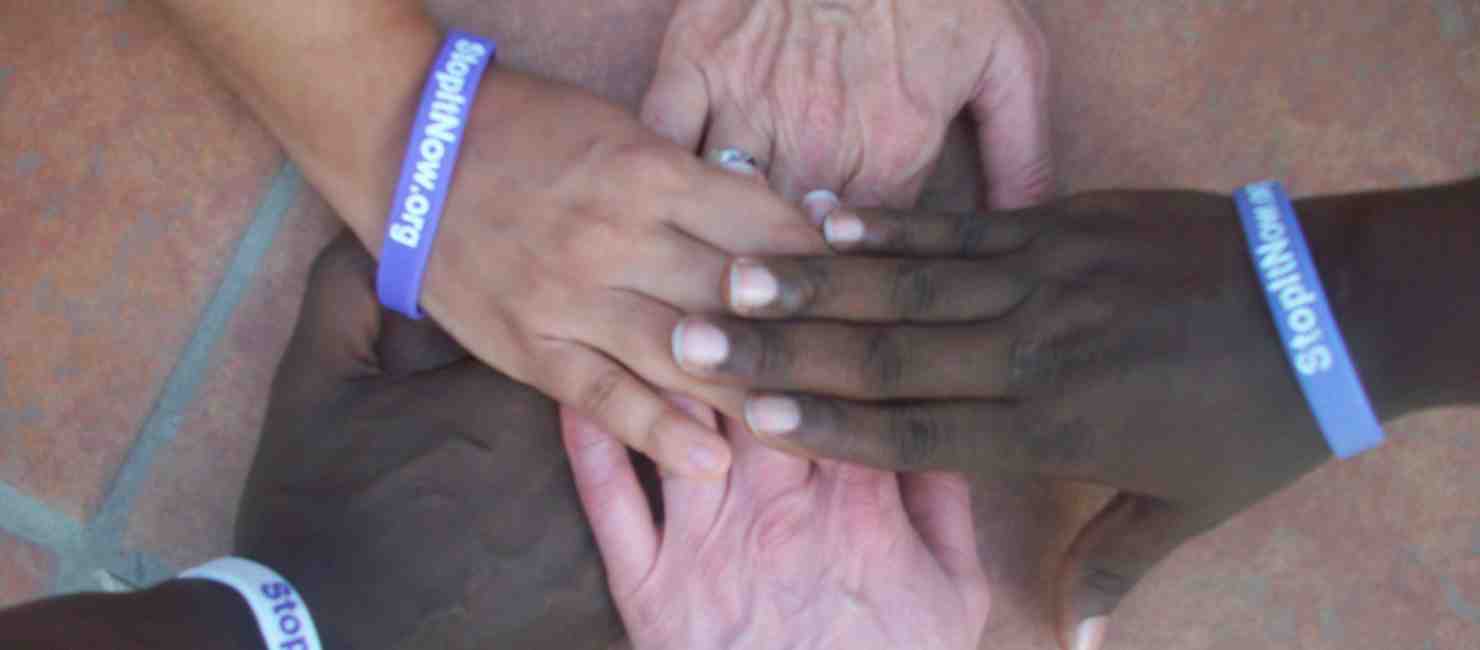On #GivingTuesday we can’t think of a better time to pay tribute to some of the most generous people we know — the therapists, teachers, medical providers and caregivers — who use our products and provide us with the feedback we need to make them better. These exceptional individuals give of themselves — not just on Giving Tuesday — but on every day to help the children and adults who need them.
It should go without saying that working in what’s sometimes called “the helping professions” is not appropriate for all of us. These professions require very particular skill sets and specialized training. Depending upon their roles, many helping professionals have studied for years to obtain the level of expertise they require to teach, treat and assist their students, clients and patients. Some have master’s degrees, doctorates and other postgraduate certifications. Yet, many of the traits that make these professionals successful cannot be taught. Rather they are innate.
For example, according to Special Education Degrees.com, special education teachers need qualities such as “organizational skills; creativity and enthusiasm; confidence and calm; a good sense of humor and easygoing personality; dedication and optimism.”
Chron. com says occupational therapists need “good communication and listening skills; organizational and problem-solving skills.” And physical therapists must have “science skills; interpersonal skills; motor skills; and organizational skills.”
Besides the qualities referenced above, effective helping professionals require loads of patience and tons of compassion. Those who choose to put their skills and talents to work with clients who are severely impaired may require even greater amounts of patience and compassion.
The vast majority of professionals who work with people with disabilities are employed at settings such as schools, hospitals, rehabilitation centers and other nonprofit organizations. Many of these rely, at least in part, on donations from private individuals. This Giving Tuesday, why not consider making a contribution to a nonprofit institution that provides essential services for people with disabilities? After all, ’tis the season of giving!












